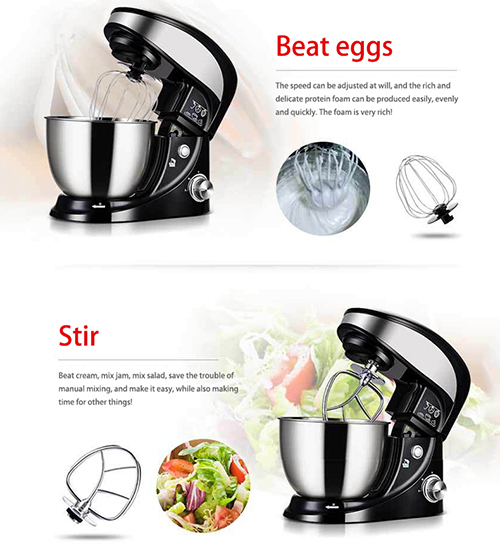When it comes to construction, the right material plays a vital role in ensuring durability and strength. One such material is known as a dry mix and is widely used in the construction industry. But what exactly does dry mix mean? In this blog, we delve into the world of dry mixing, exploring its meaning, properties and applications. So, let’s get started!
Understand the concept of dry mixing:
Dry mixing, in simple terms, is a combination of pre-packaged cement, sand, and additives that has been carefully mixed to form a consistent mixture. Unlike traditional concrete, which requires the components to be mixed on-site, dry-mixing eliminates this complex process. It provides convenience by reducing labor costs, construction time, and the possibility of human error, making it a popular choice for contractors and builders.
Decoding combination:
To understand what a dry mix stands for, it is necessary to understand its components. Cement is the main ingredient and acts as the bonding material that holds everything together. Sand adds strength and stability to the mix, while additives impart specific properties, such as water resistance, plasticity or accelerated curing. These additives can include polymers, fibers, accelerators, plasticizers and superplasticizers, depending on the desired properties of the final product.
Multifunctional application:
Dry mixes are widely used in the construction industry due to their versatility and durability. Some common uses for dry blending include:
1. Plastering and plastering: Dry mix is widely used for plastering walls and ceilings, providing a smooth and even surface.
2. Ground leveling: Usually used to level uneven floors before installing various types of floor coverings.
3. Concrete Repair: Dry mix is the first choice for repairing damaged or degraded concrete structures and surfaces.
4. Tile Adhesive: This material is often used to secure tile to walls and floors, providing a strong and long-lasting bond.
Advantages of using a dry mix:
1. Consistency: Since the dry mix is pre-packaged, the ratio of cement, sand and additives is well controlled, ensuring consistency in quality and performance.
2. Convenience: The ready-to-use nature of the dry mix eliminates the need for on-site mixing, reducing labor costs and minimizing any errors in the mixing process.
3. Time Efficiency: The use of dry mixes significantly speeds up construction compared to traditional methods, as the application process is simplified and requires less time.
4. Enhanced Strength and Durability: Dry blend formulations can be tailored with additives to improve water resistance, flexural strength and overall durability of the final product.
Dry mix represents a time-saving, efficient and high-quality construction material that combines cement, sand and additives in carefully measured proportions. Its versatility and consistent performance make it the first choice for a variety of applications in the construction industry. Whether plastering walls, leveling floors or repairing concrete structures, dry mixes ensure excellent results, providing strength and durability to the built environment.
By understanding the importance of dry mix and its many advantages, contractors and builders can make informed decisions when selecting building materials. So next time you come across the term, you’ll know exactly what dry mix stands for and how it can contribute to durable and efficient construction practices.
Post time: Jul-28-2023

